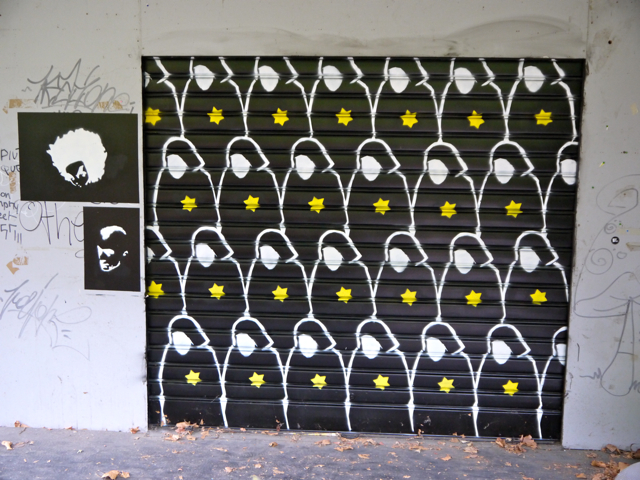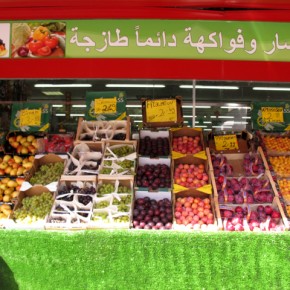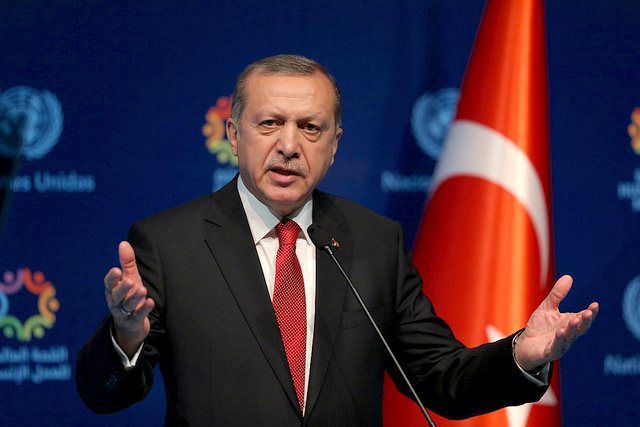Enter the name “Anne Frank” in Google News. The results will surprise you. Over 5,000 entries are listed; 5662, to be precise, if you look at the stories under ‘Anne Frank’ of Pakistan still critical, in CanIndia, the Canadian-Indian community paper. For a fifteen-year-old Jewish girl, who died in Bergen-Belsen in 1945, that’s a lot of press. How do we explain it? These aren’t just archival listings. This is hard news.
Scrolling down the first page of citations, article titles such as Our Anne Frank, the previously mentioned “‘Anne Frank’ of Pakistan,” a similarly-titled Pakistan’s Anne Frank? and Letter: Pakistan’s Anne Frank, set the geographic tone. Referring to the attempted assassination of Malala Yousafzai, a fourteen-year-old Pakistani diarist, shot by the Taliban for advocating education rights for girls, the figure of Anne Frank has been remade in South Asian fashion, as a victim of fundamentalism, instead of the Nazis.
As though to explain the comparison (the sequencing certainly lends itself to this reading) an article bearing the title, Why Anne Frank Speaks to Our Hearts, in The Virginian-Pilot, speaks to an entirely different set of concerns. Frank was obsessed with celebrities, “tennis, bike riding and ice cream cones,” and loved being with her grandparents. We identify with her because she is like a middle class American suburbanite, not because Frank is a persecuted minority, in hiding. Fascism and the Holocaust couldn’t be further away.
The contrast in explanations is of course telling. We either value Frank’s memory because she died trying to live her life in freedom, or because she was the exemplary ‘good girl’ we all try to be. (Frank just happened to die in a death camp, rather than OD on sweets at the mall.) I prefer the Pakistani remix. As ready-made as Malala Yousafzai’s story is for Western neocons wailing about Islamo-fascism, the difficulties that women have to face, in many religious environments (including in the West) are real.
Seeing this mural, which depicts the famous figure of a Jewish girl, wearing a yellow star (often thought of as Anne Frank) here in Turin, does much to encourage such seriousness. Especially in a city so visually marked by its former Jewish population, by local architecture, and public artwork, like this. I’d wager, being Europe, there was something far more relevant being explored here. Something that, for example, Americans and Pakistanis might have in common.
Photograph courtesy of Joel Schalit






Great piece. In case there’s larger interest in the phenomenon of Anne Frank, there’s a great collection: http://www.iupress.indiana.edu/product_info.php?products_id=806683.
Nice piece, Jen.